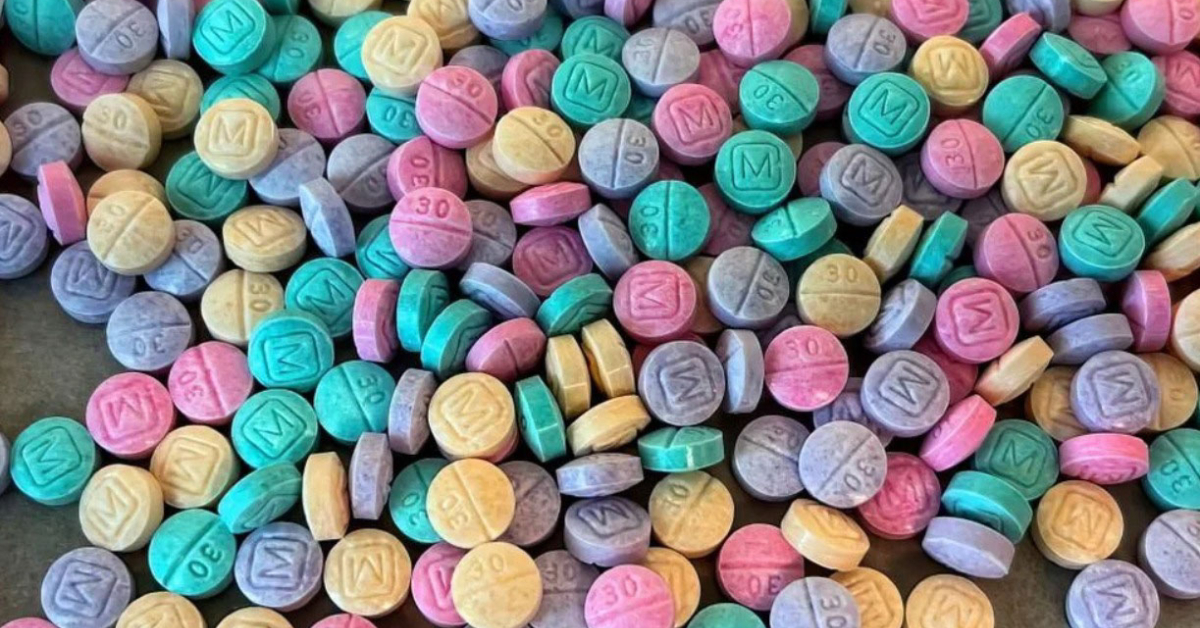Puerto Vallarta (PVDN) - Tijuana and Mexicali have become the primary consumption hotspots for fentanyl in Mexico and serve as ideal test sites for cartels to determine the highest tolerable dosage for users . . .


Puerto Vallarta (PVDN) - Tijuana and Mexicali have become the primary consumption hotspots for fentanyl in Mexico and serve as ideal test sites for cartels to determine the highest tolerable dosage for users . . .
